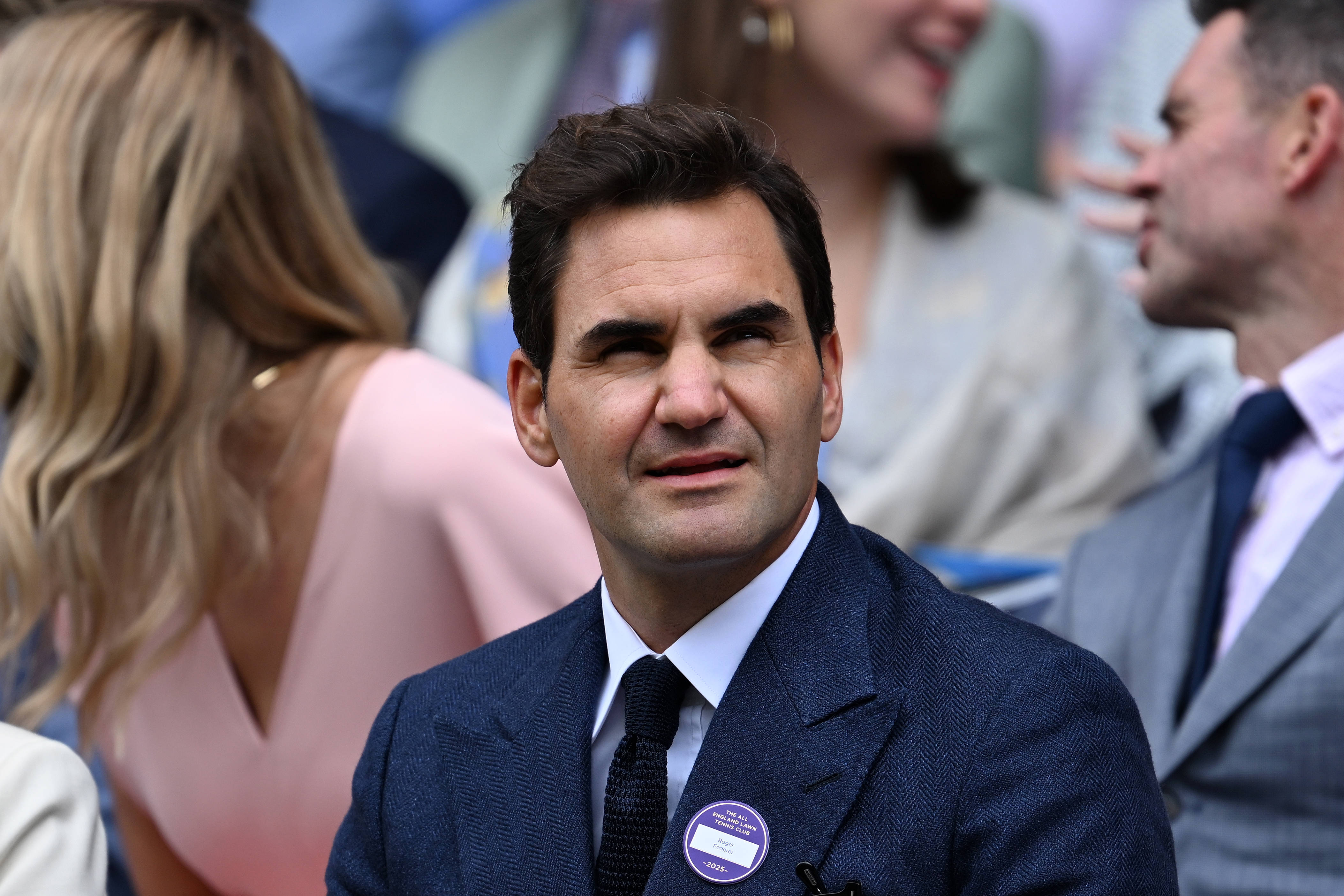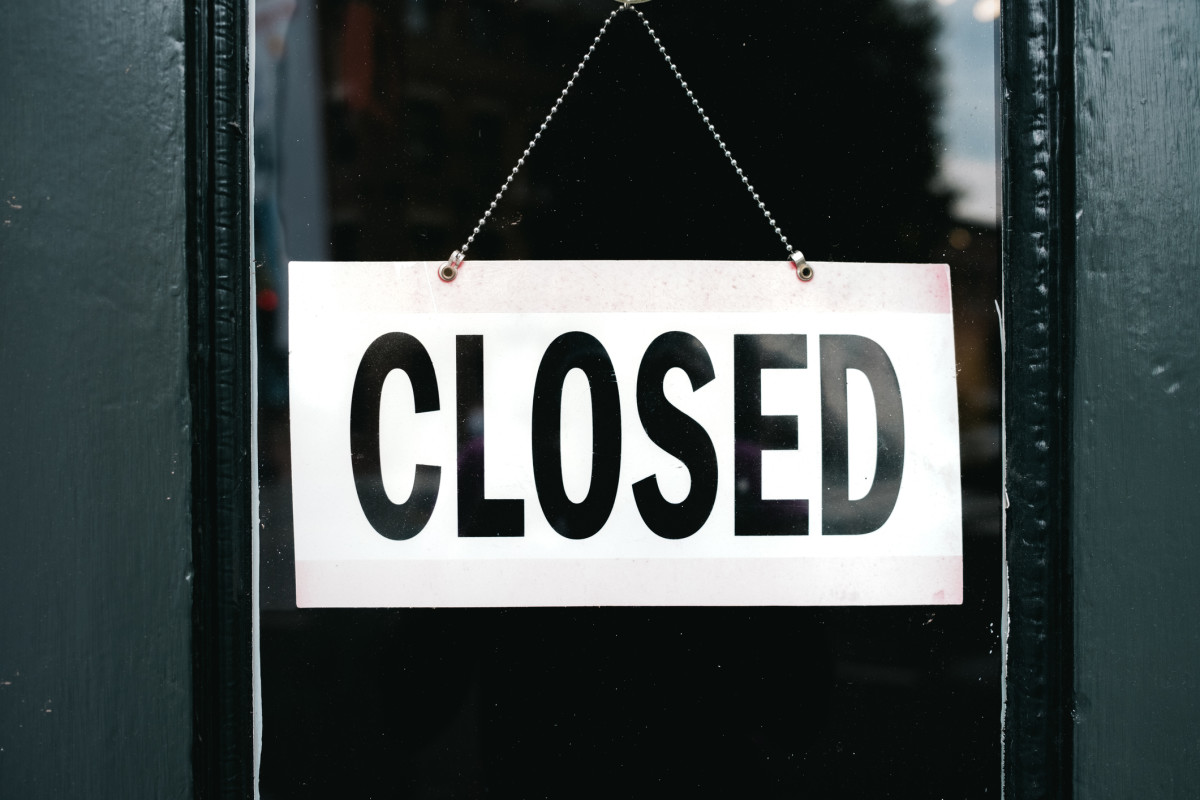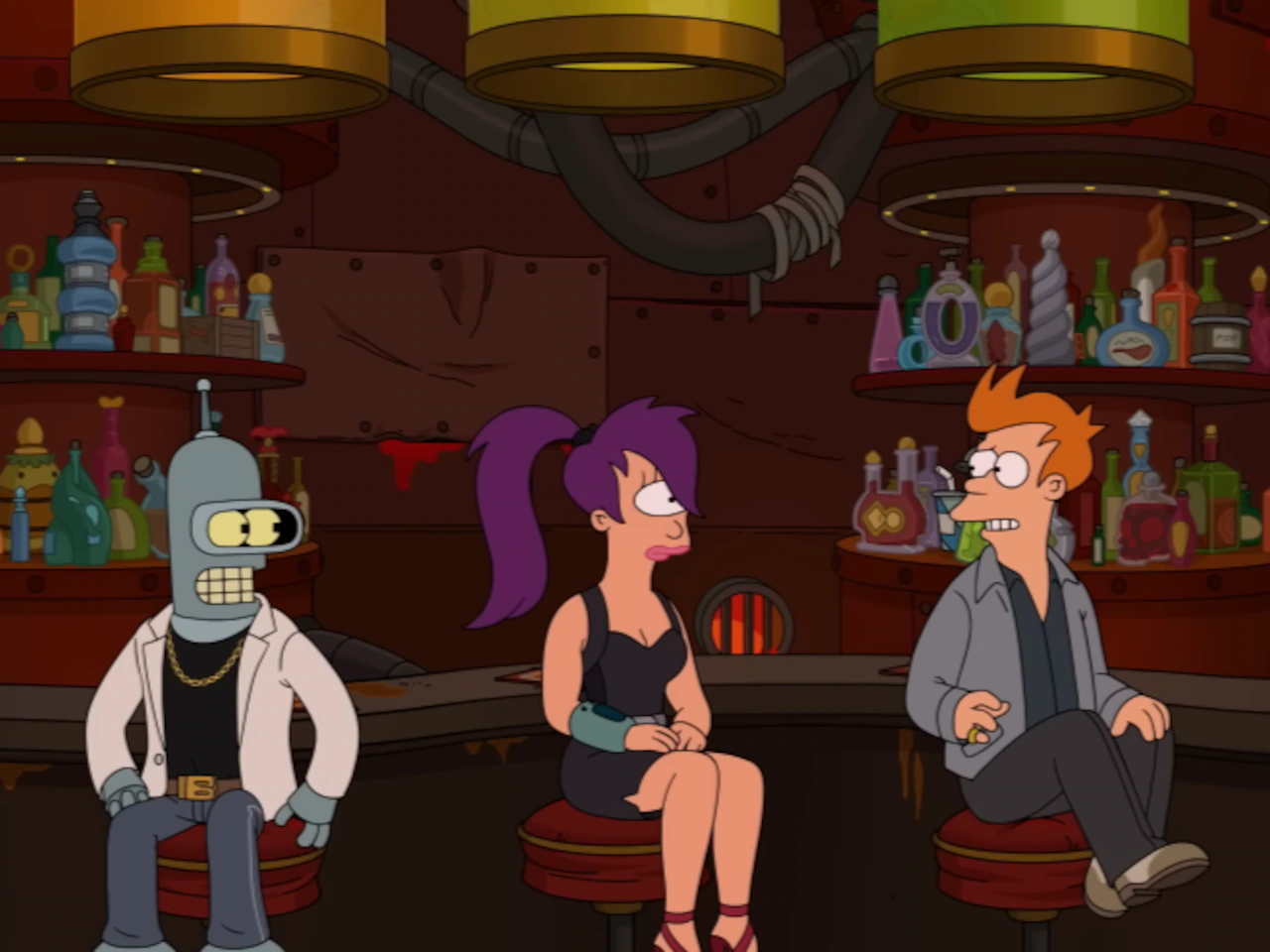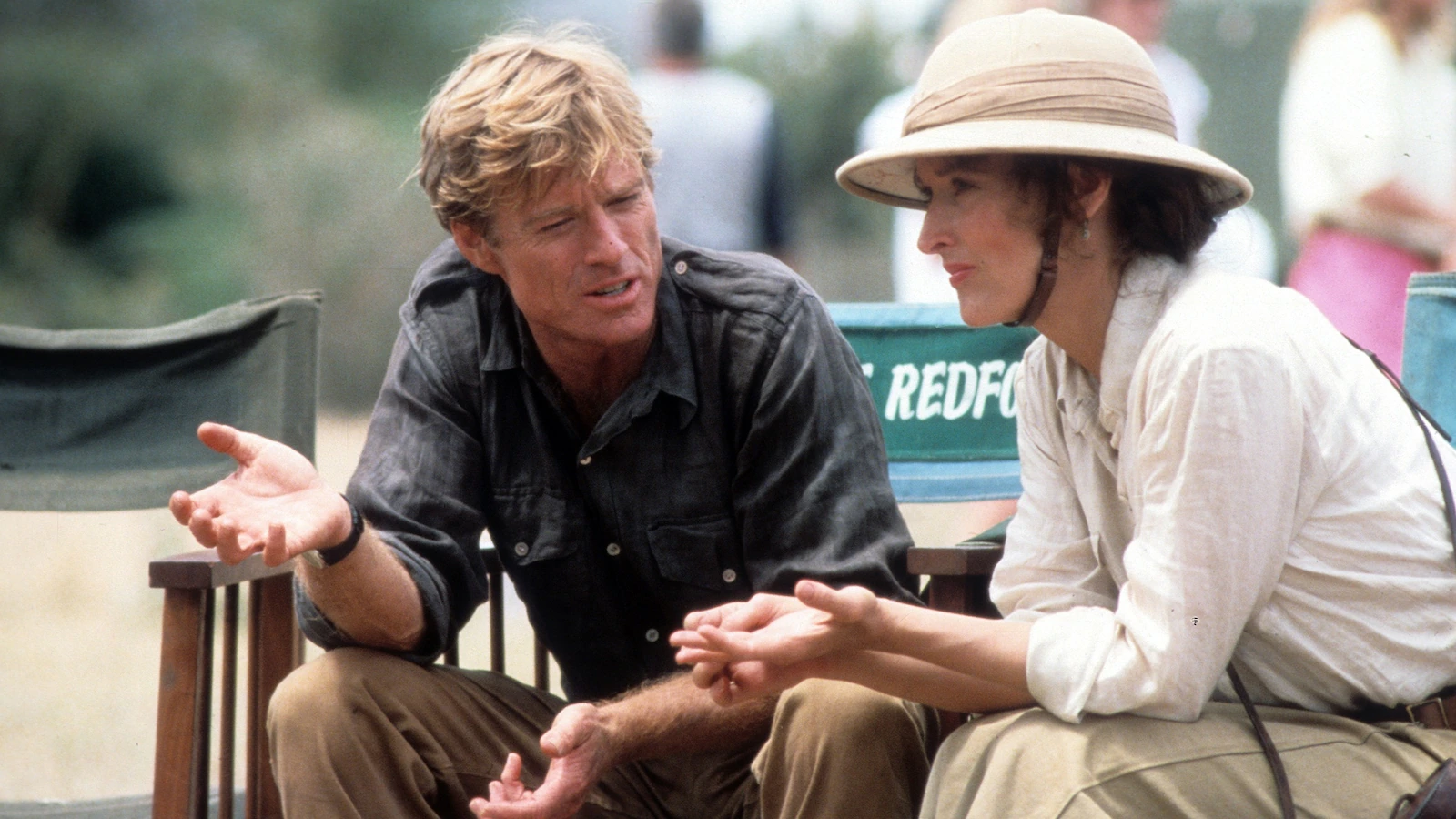
Roger Federer remains the heartbeat of the Laver Cup, the man who dreamed it up on a taxi ride through China, mapping out a Ryder Cup-style event to honor Rod Laver and his generation. He played it, built it, and now works tirelessly behind the scenes, recruiting stars, guiding players, charming sponsors, and even hosting icons like Stephen Curry. Yet, despite Federer’s golden touch, reports suggest his grand vision is faltering, as the Laver Cup suffers a major financial blow. The Swiss maestro’s passion project faces its toughest rally yet, and the stakes have never been higher.
Roger Federer is living the life he once dreamed of, free from the grind of the ATP Tour, but still deeply tethered to the sport he loves. One day, he is celebrating with his twin sons in Basel, soaking in FC Basel’s 4-0 triumph over Lucerne, a win that delivered the Swiss championship title. The very next day, he is in Paris, courtside at Philippe-Chatrier, witnessing a heartfelt tribute to Rafael Nadal, his greatest rival. Federer may no longer wield a racquet competitively, but his life remains a whirlwind of moments that keep him close to the game.
Yet, there is one area where the dream is beginning to crack, the Laver Cup, Federer’s passion project. Since 2017, the tournament has been run by Trident 8, the UK subsidiary of Team 8 Global, co-founded by Federer himself. Designed as a Ryder Cup for tennis, the Laver Cup pits Europe against Team World in a team competition that promises to give tennis a spectacle unlike any other. And for several years, it did just that.
ADVERTISEMENT
Article continues below this ad
The Laver Cup was built on solid backing, the Australian and American tennis federations, billionaire Jorge Paulo Lemann, and a sponsorship roster that mirrored Federer’s own brand: Rolex, UBS, Mercedes, Moët & Chandon, Uniqlo, and On. Federer was more than just the face of the event; he was its soul. When he retired, he was still one of the highest-paid athletes in the world, with $95 million in annual earnings, and the Laver Cup seemed to mirror that success. The tournament posted a turnover of $38.3 million, with $23.6 million from ticket sales, generating a net profit of $4.7 million.
ADVERTISEMENT
Article continues below this ad
But in recent years, the tide has turned. The event has now recorded two consecutive seven-figure losses, casting doubt on its financial health. In 2023, the Vancouver edition reported a $2.4 million deficit. In 2024, the books balanced only due to “non-tournament income,” reportedly an injection of funds, perhaps even from Federer himself, to cover nearly about $2 million in operational loss.
The reasons are clear: revenues have dropped sharply, particularly from ticketing, which fell from $23.6 million to $16.8 million, and from merchandising, which slid from $2.5 million to $1.3 million. The numbers reveal just how dependent the Laver Cup remains on Federer’s star power. But the bigger issue lies in skyrocketing expenses. Costs have ballooned by £9.4 million since 2021, driven by the event’s itinerant nature. Staging the tournament in a new city every year means variable stadium capacities, unpredictable logistics, and soaring operational overheads.
This year’s edition in San Francisco is being seen as a critical moment, a chance to reverse the losses and even achieve what organisers are calling “historic profitability.”
But the strategy is clear: to recover, the event is doubling down on its ticketing revenue. Prices have been set at eye-watering levels. Lower-level tickets cost between $1,150 and $3,150 (excluding fees), while upper-level tickets range from $250 to $900. When fees are added, these prices climb even higher. Packages include luxury hotel stays with views of the bay and private lounge access at the Chase Center. It is a premium experience, but one that risks pricing out casual fans, a gamble that could define the tournament’s future.
Compounding the problem is a changing cast of characters. The Laver Cup was once buoyed by the promise of seeing Federer, Nadal, Djokovic, or Murray suit up. But that era has ended. Nadal and Murray are now retired, and Djokovic, at 38, has shown little interest in participating. The absence of the “Big 4” has diminished the aura and left the tournament fighting to prove its sporting significance.
Despite these challenges, Trident 8 still holds $20.2 million in reserves, giving the event breathing room to weather this turbulent period. But even with that cushion, the message is clear: the Laver Cup needs to reinvent itself if it wants to survive without Federer’s shadow looming over it.
So, where does the Laver Cup go next? For Federer, this is more than just a tournament; it is his gift to tennis, a living legacy he wants to see thrive. But make no mistake: the Laver Cup is entering a defining chapter, and Federer, as its architect, knows the next few years will determine whether it becomes a permanent fixture or a fading memory.
What does Roger Federer see as the next chapter for the Laver Cup?
Roger Federer says the vision he had for Europe versus the World “came true and more” with the creation of the Laver Cup. But in his eyes, the event is just getting started. On Saturday in San Francisco, Federer joined Tennis Channel Live, reflecting on how the event he co-imagined has raised the bar for the fusion of sport and entertainment eight years on.
After its stop in the Bay Area, the Laver Cup will return to the O2 Arena in London next year, a venue steeped in history. Beyond that, Federer teased a world of possibilities, leaving fans wondering where the next stage of his masterpiece will unfold.
“The goal was to play in places that don’t get to see tennis too often,” Federer said, praising the stops in San Francisco, Berlin, and Vancouver. “The idea was to travel with the Laver Cup, but it’s hard. … The work that goes in from the team is tremendous.”
Federer also admitted that the original plan was to lean toward North America due to players’ schedules, but he is now dreaming bigger. “Asia also probably would not be a bad move … I would go to South America. Imagine this in South America with Joao [Fonseca] on the team.”
He noted that the Laver Cup has grown in prestige, with cities now lining up to host, something that was far from guaranteed when the idea first launched.
ADVERTISEMENT
Article continues below this ad
But as Team World claims yet another victory, the bigger question lingers in the air: can the Laver Cup sustain its dominance and allure when its founding icon eventually steps further away?
Federer seems determined to make sure the answer is yes.



